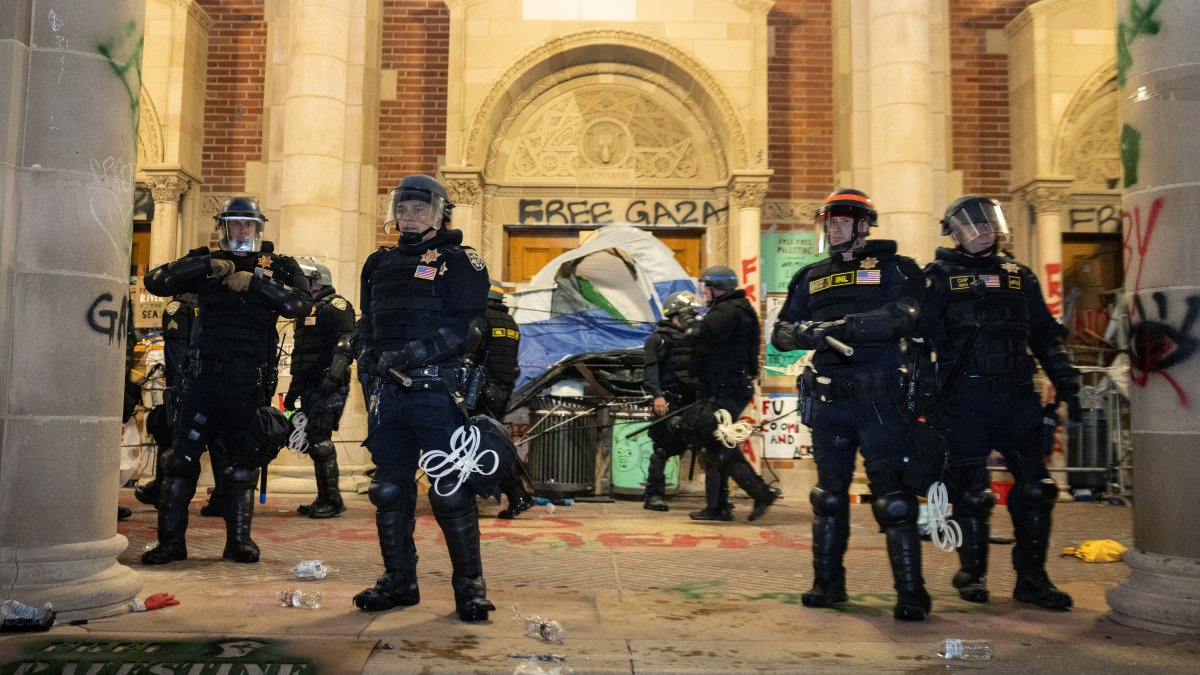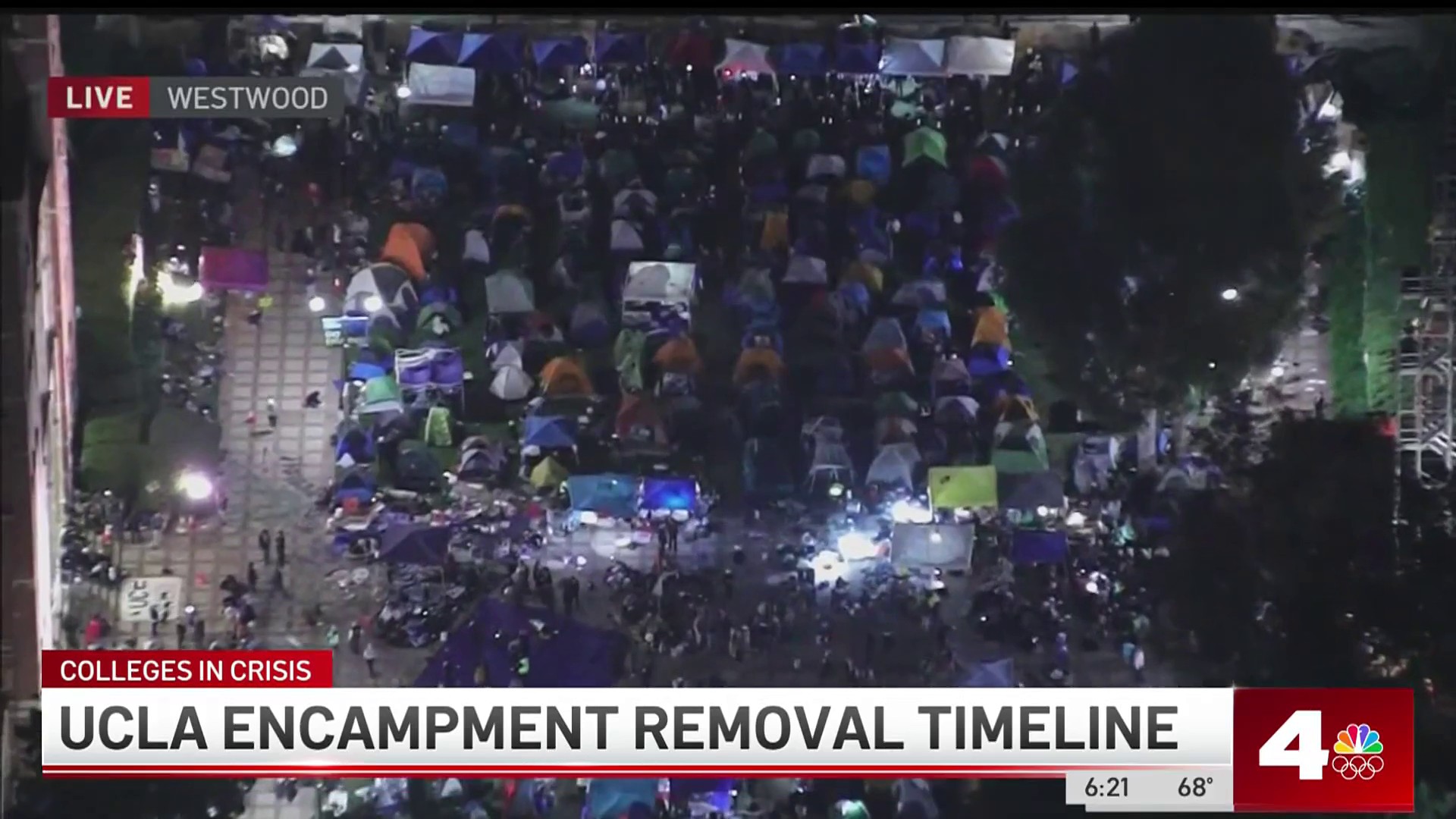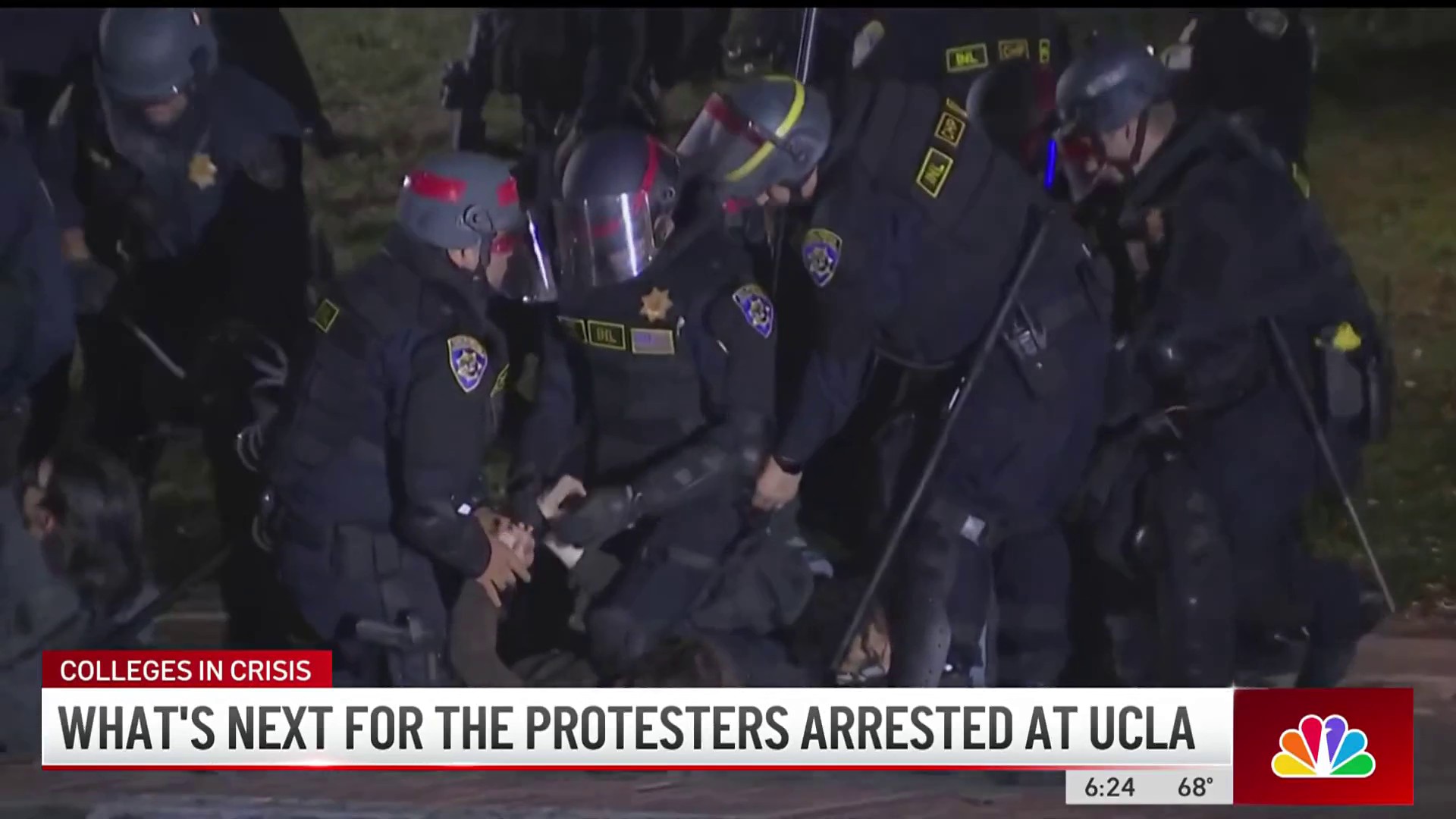
Since the beginning of April 2024, over 2000 people have been arrested on US campuses during protests related to Israel's assault on Gaza. The response by law enforcement to these protests has come under heightened scrutiny due to the excessive use of force and disparities in training and understanding of protest handling.
On May 5, at the University of California, Los Angeles (UCLA), violence broke out during a pro-Palestinian encampment. The encampment had been allowed to remain on campus for several days before the situation escalated into violent clashes between demonstrators and counter-protesters.
According to reports, counter-protesters attacked the encampment with fireworks and chemical irritants, causing injuries to both sides. The violence prompted UCLA Chancellor Gene Block to cancel all classes on May 5 due to safety concerns.
The union representing campus police officers at UC schools has criticized the university administration for its handling of the situation. FUPOA President Wade Stern stated that senior UC administrators are solely responsible for the University's response to campus protests, and they decided on the objectives while campus police were only responsible for implementing those objectives.
The upcoming probe by UC President Michael Drake into the university's planning, actions, and response by law enforcement must consider these guidelines. The union also noted that UCLA administrators own all fallout from the response and lack of response to this protest.
Dozens of protesters were injured during the clashes, but no significant injuries to police officers were reported. The encampment was eventually cleared, revealing extensive graffiti damage and piles of garbage left behind. Cleanup crews moved in quickly to remove the garbage but faced a longer process for graffiti removal.
Campus security maintained a presence on campus amid fears that protesters might return to the scene and try to re-establish the encampment.
Civil rights groups have criticized the excessive police response to these protests, citing disparities in training and understanding of protest handling. The events at UCLA are just one example of a larger issue affecting universities and colleges across the nation.






